Production Process
• Source: Made from whole barley grains.
• Milling: The barley grains are cleaned, hulled (if necessary), and then ground into a fine powder to produce jau atta.
Nutritional Benefits
• High Fiber Content: Rich in dietary fiber, which aids in digestion and helps maintain bowel health.
• Low Glycemic Index: Helps in managing blood sugar levels, making it suitable for people with diabetes.
• Rich in Vitamins and Minerals: Contains vitamins (such as B vitamins) and minerals (like selenium, magnesium, and phosphorus).
• Antioxidants: Contains antioxidants that help in reducing inflammation and protecting cells from damage.
• Protein: Provides a good amount of plant-based protein.
Health Benefits
• Digestive Health: The high fiber content supports a healthy digestive system and can help prevent constipation.
• Heart Health: Barley flour can help lower cholesterol levels, reducing the risk of heart disease.
• Weight Management: Its high fiber content can promote a feeling of fullness, aiding in weight management.
• Blood Sugar Control: The low glycemic index helps in managing and stabilizing blood sugar levels.
Cooking Uses
• Baking: Used in baking bread, muffins, cookies, and other baked goods. It can be combined with other flours to improve texture and flavor.
• Flatbreads: Ideal for making flatbreads like rotis and parathas.
• Soups and Stews: Acts as a thickener in soups, stews, and sauces.
• Health Drinks: Can be added to smoothies and health drinks for added nutrition.
• Porridge: Used to make porridge, providing a nutritious and filling breakfast option.
Comparison with Other Flours
• Versus Wheat Flour: Jau atta is higher in fiber and has a lower glycemic index compared to wheat flour. It is also gluten-free, unlike wheat flour.
• Versus Rice Flour: Jau atta has more fiber and protein compared to rice flour, and offers different health benefits due to its unique nutrient profile.
• Versus Oat Flour: Both are high in fiber, but barley flour has a distinct nutty flavor and different applications in cooking and baking.
Storage
• Proper Storage: Store in an airtight container in a cool, dry place to maintain its freshness and prevent it from going rancid.
• Shelf Life: Best used within a few months to maintain optimal quality and flavor.

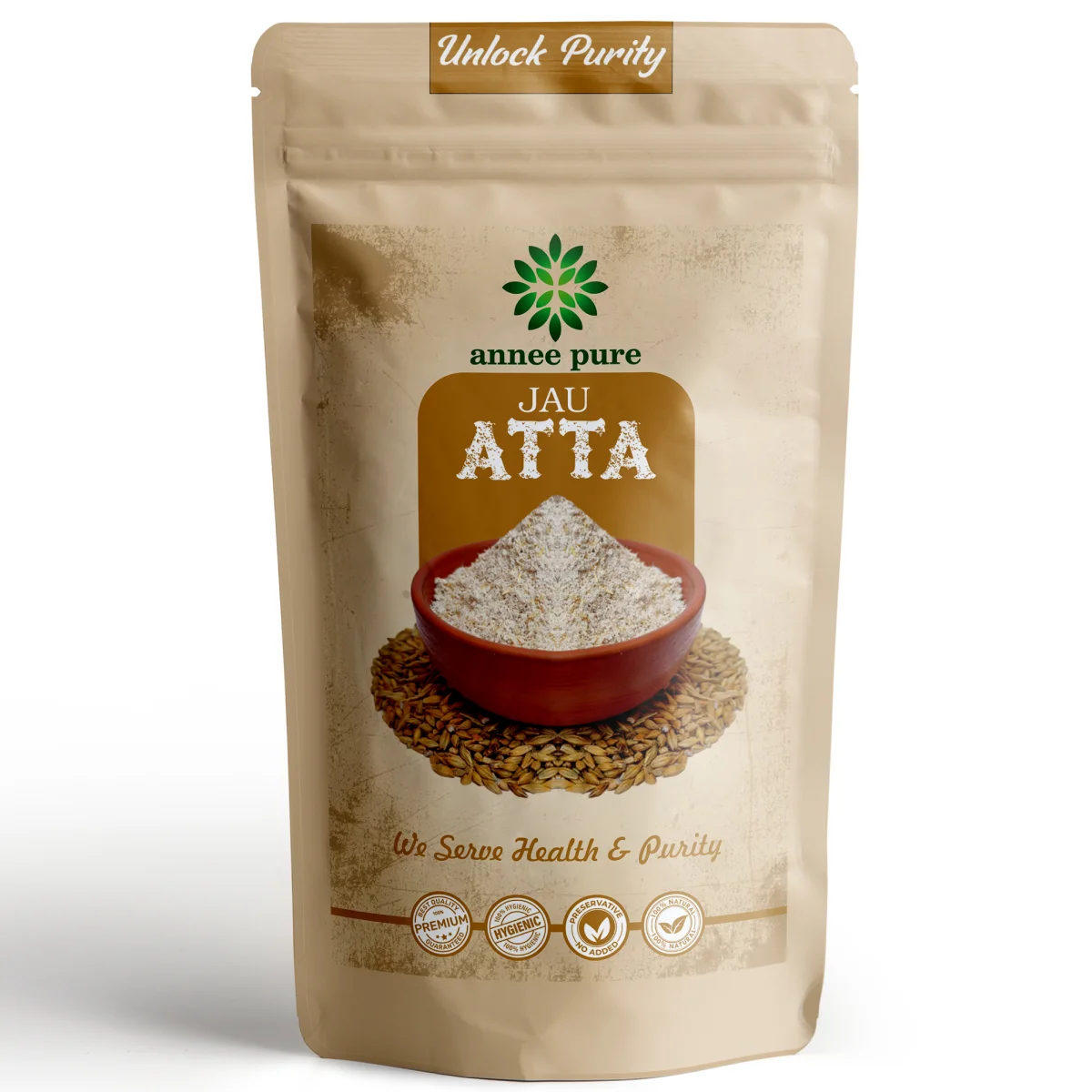
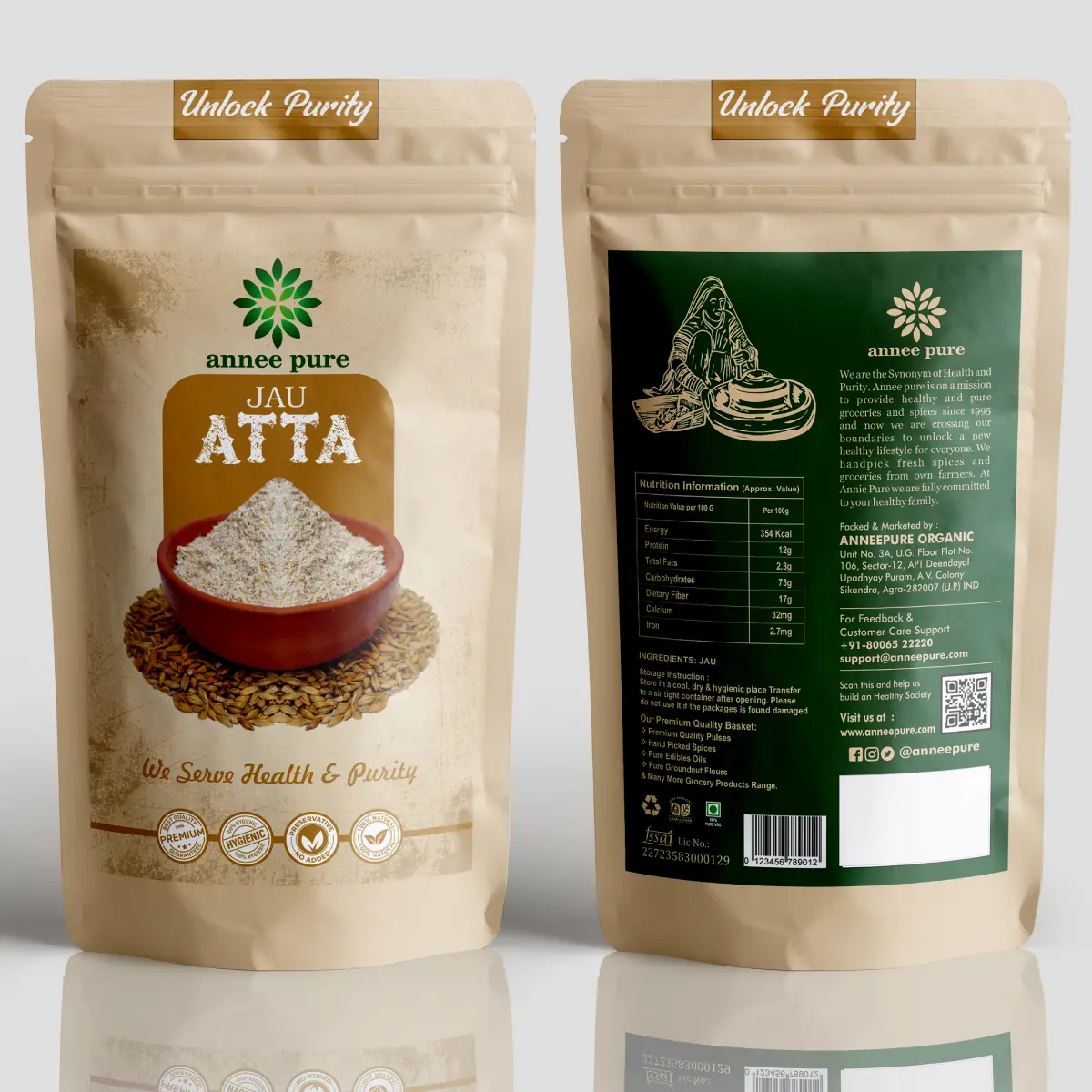



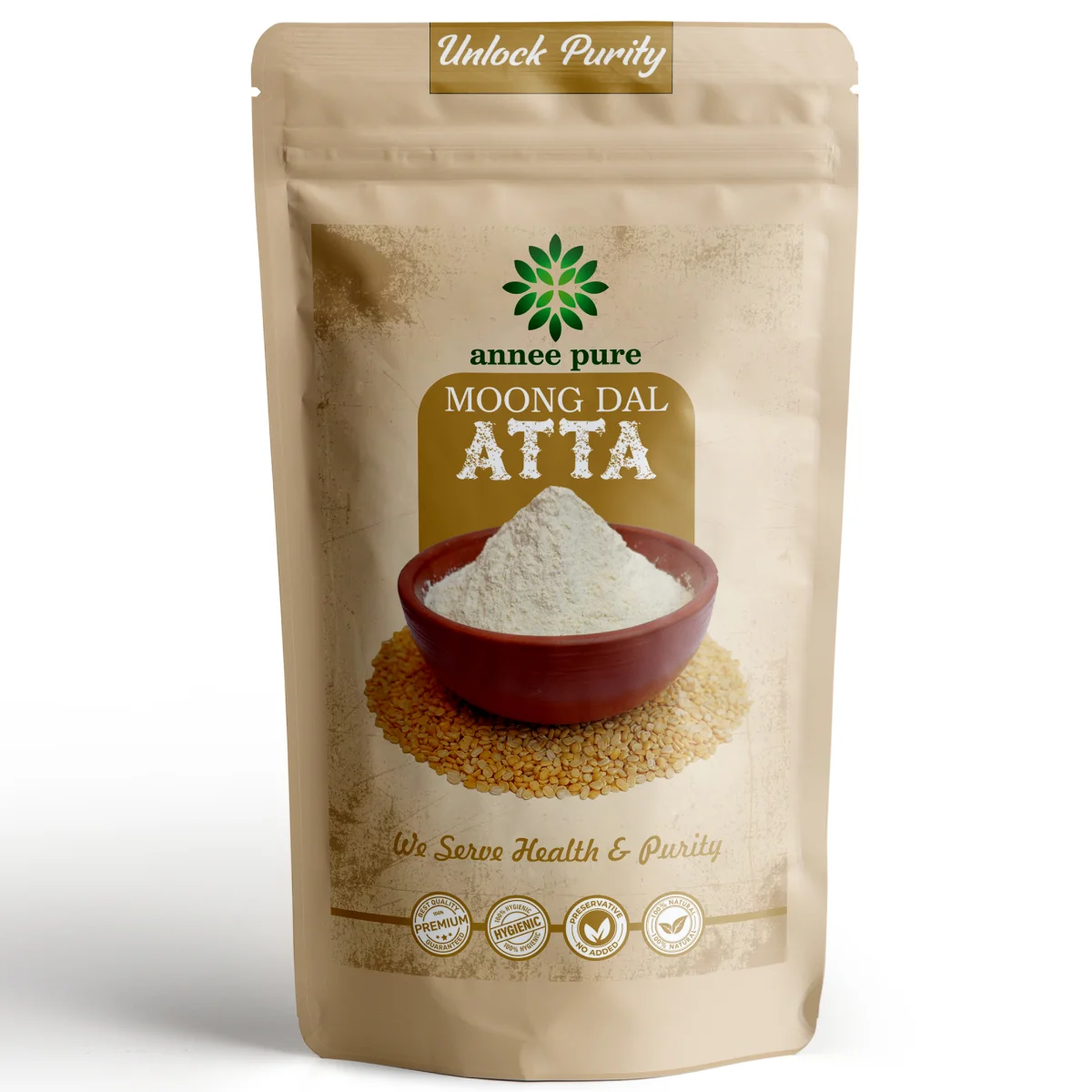


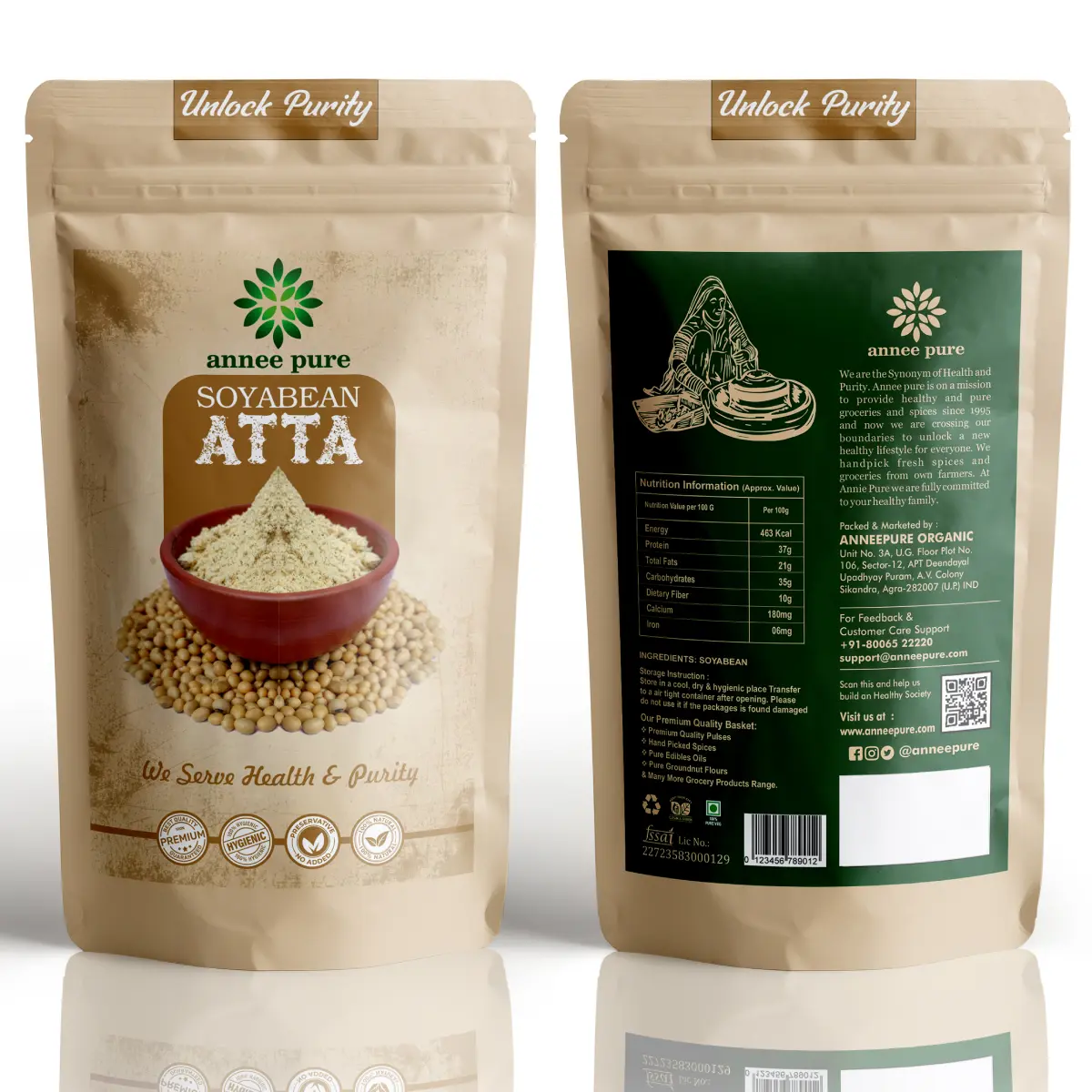




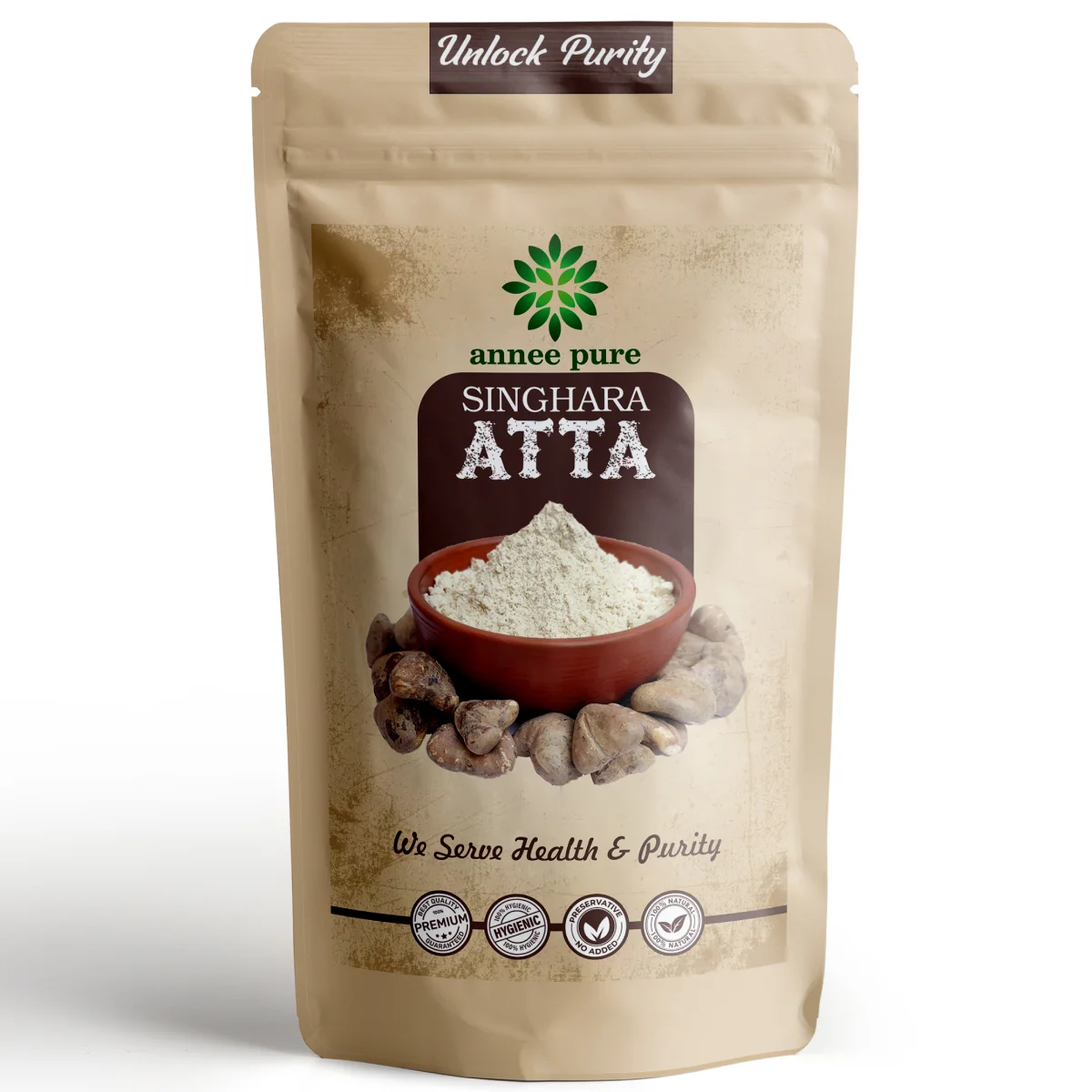
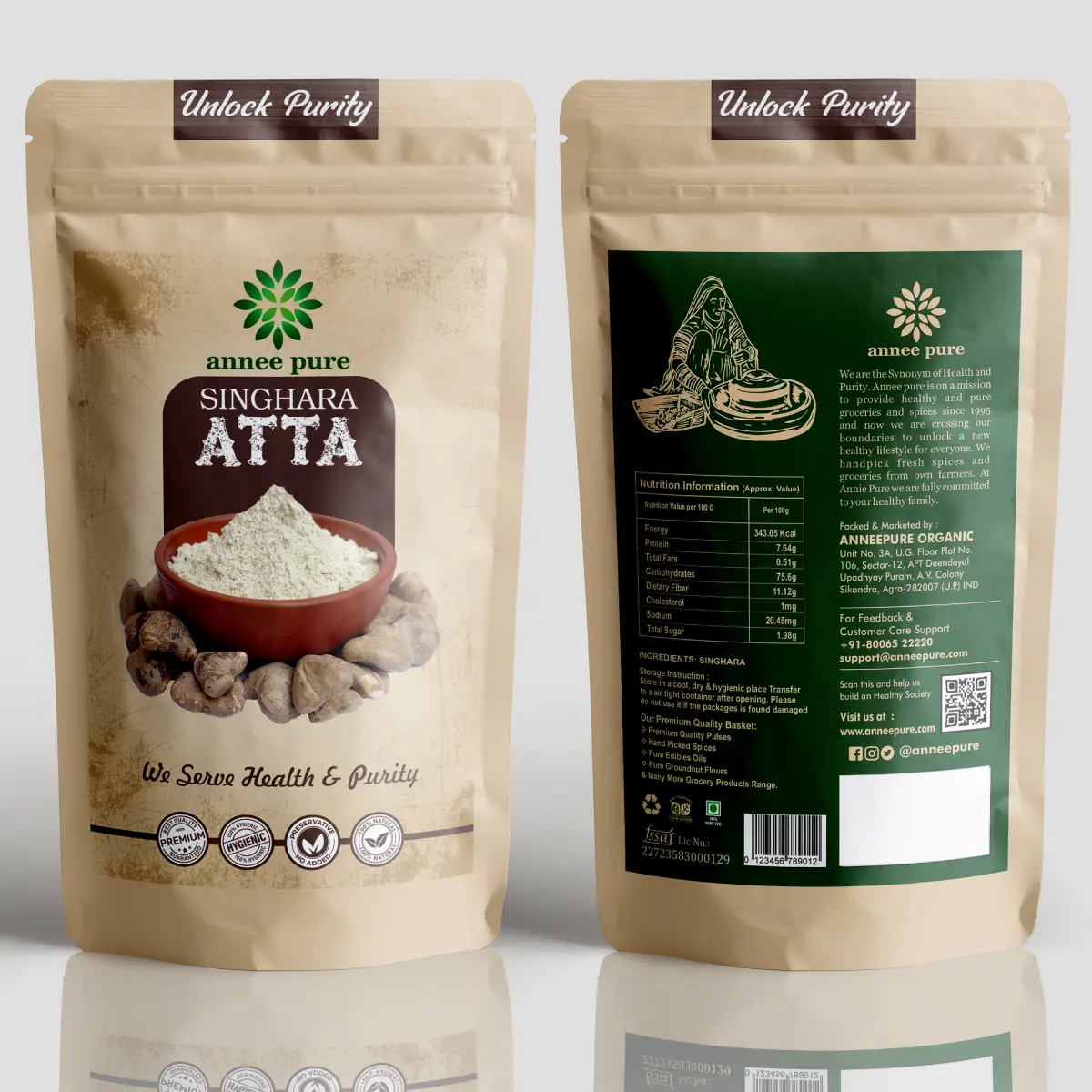
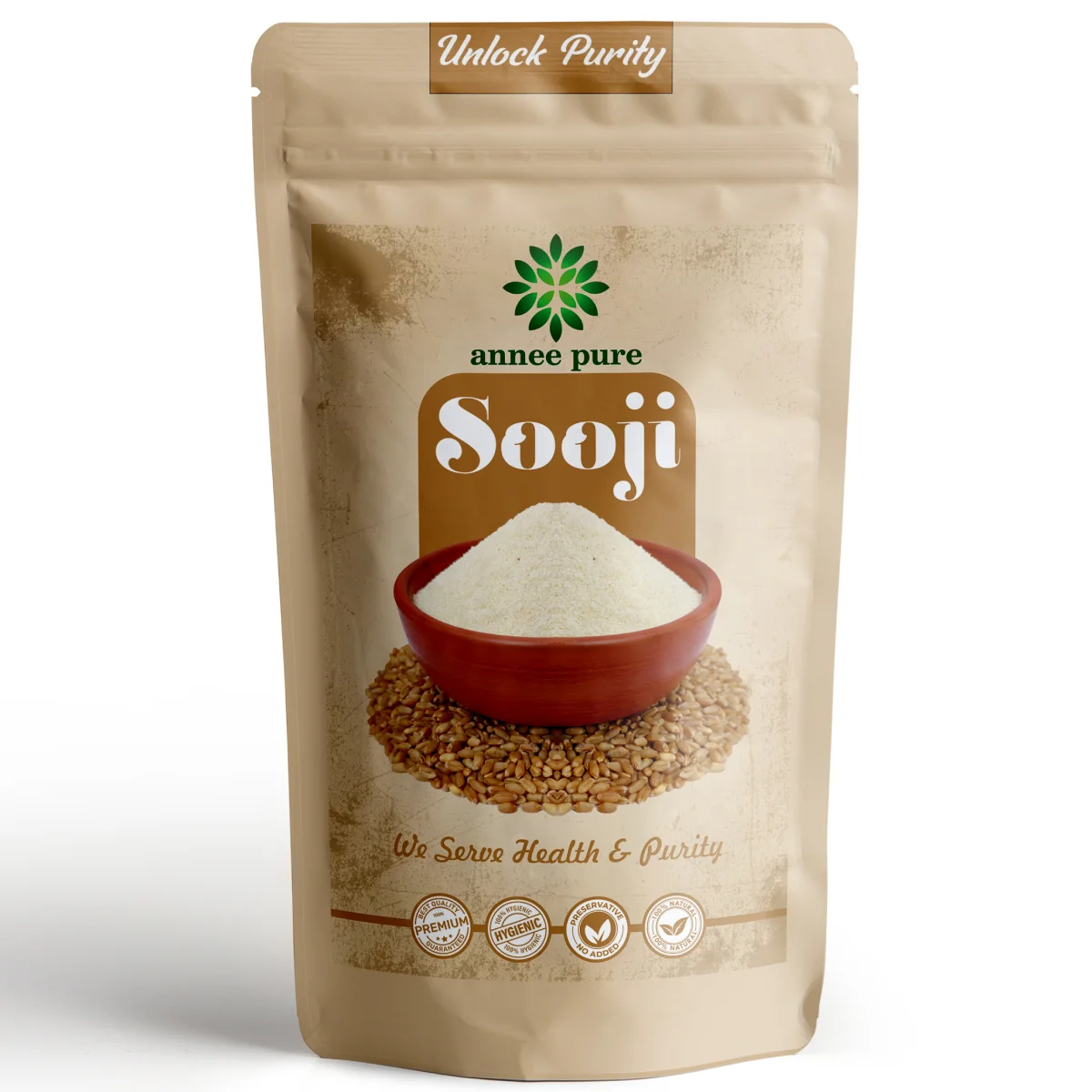
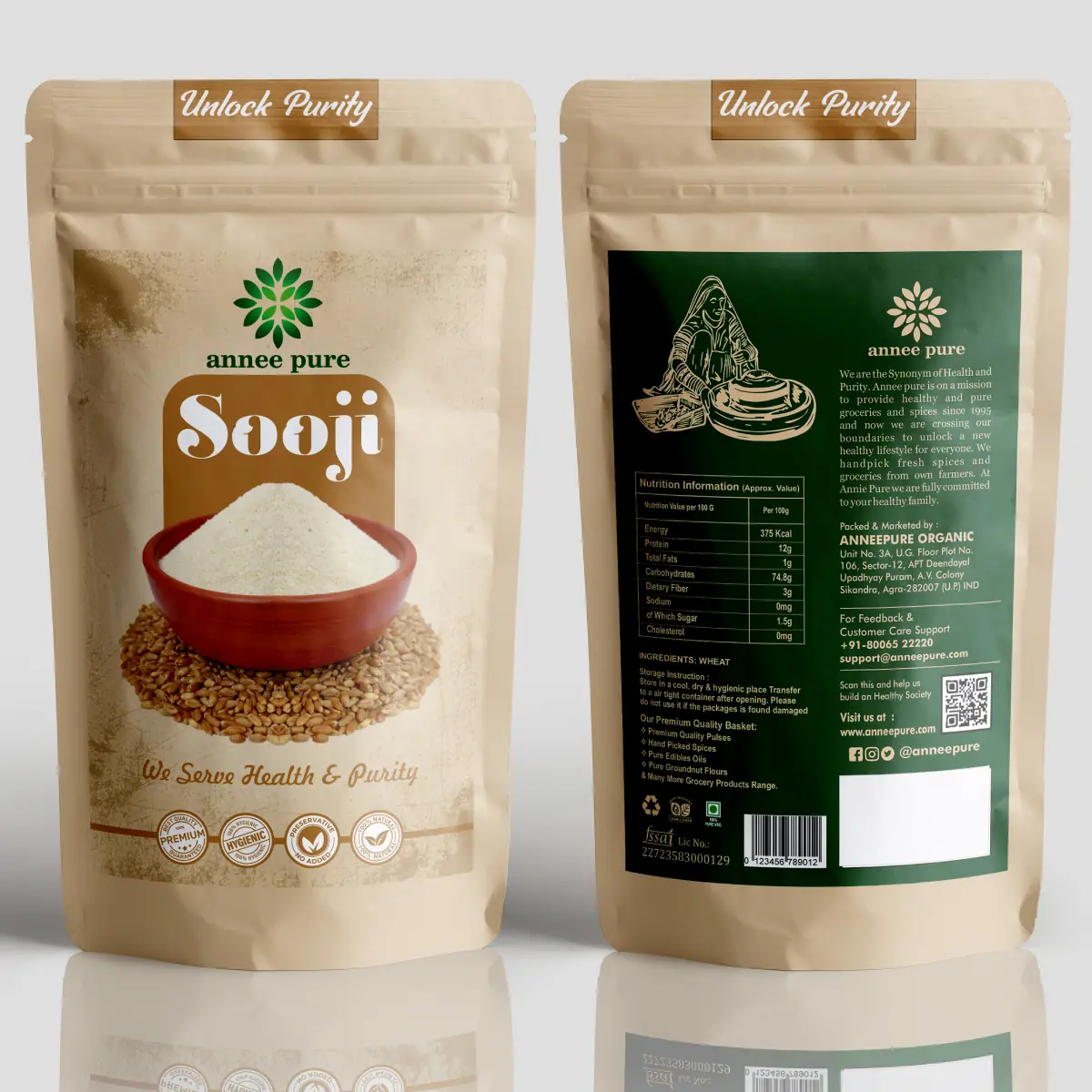
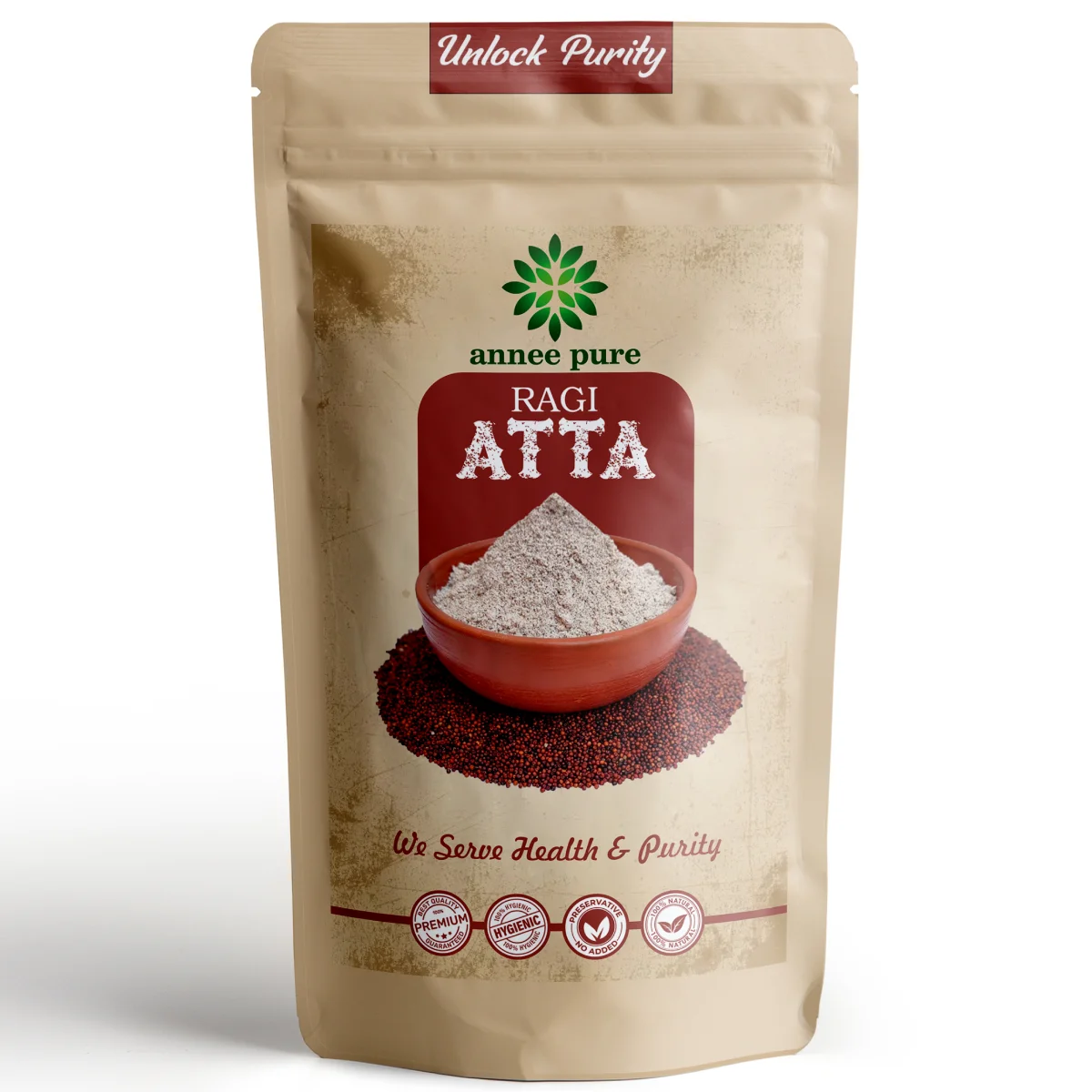
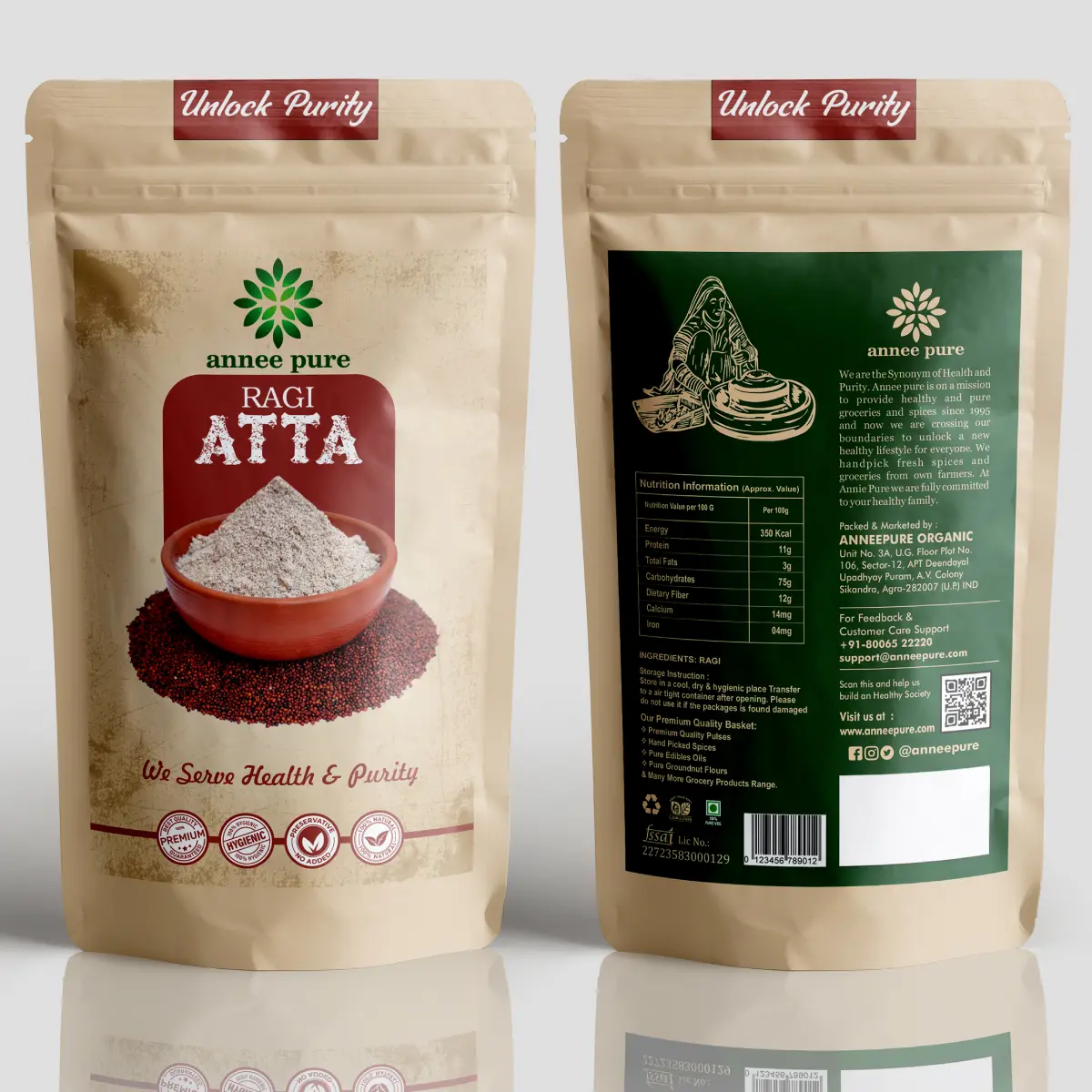
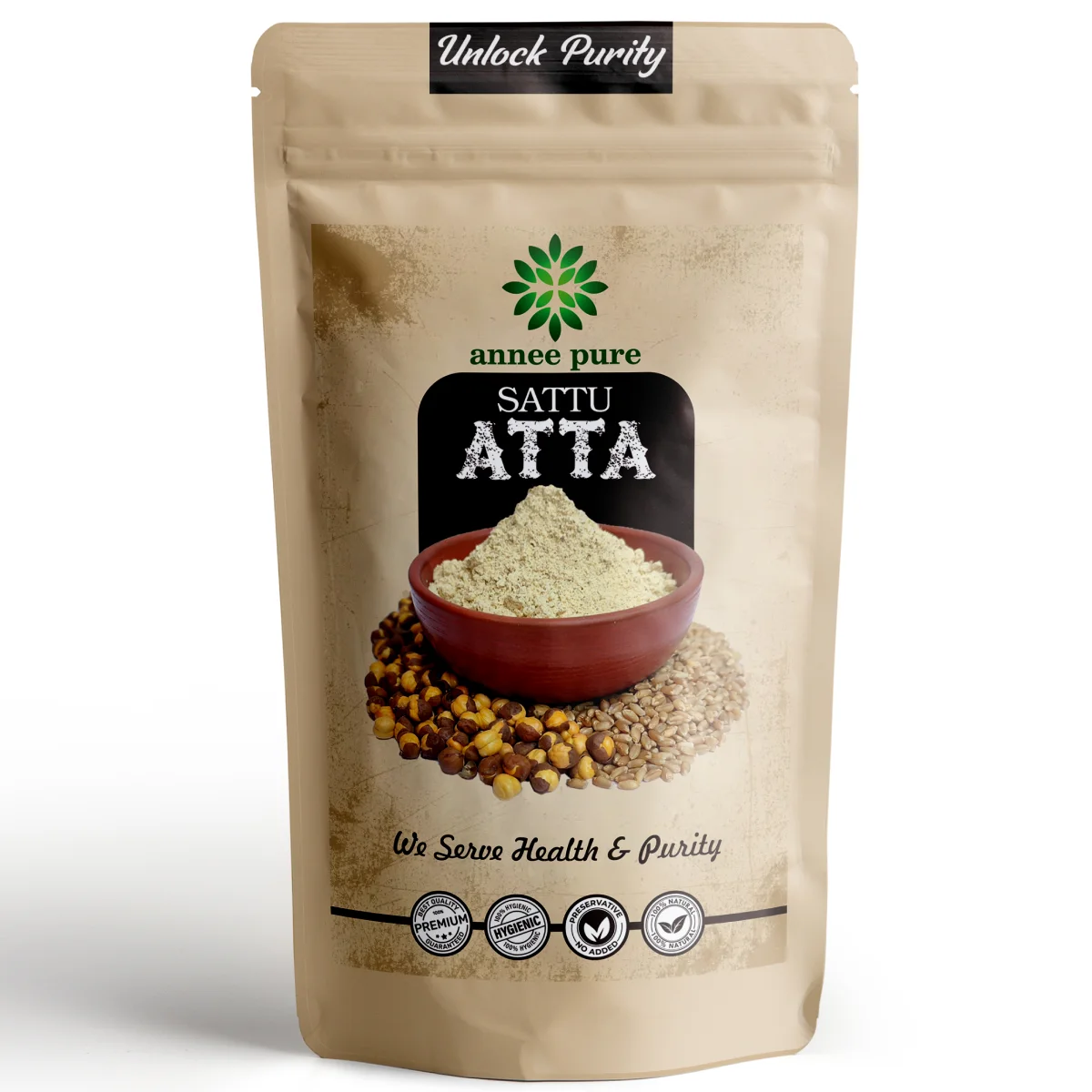
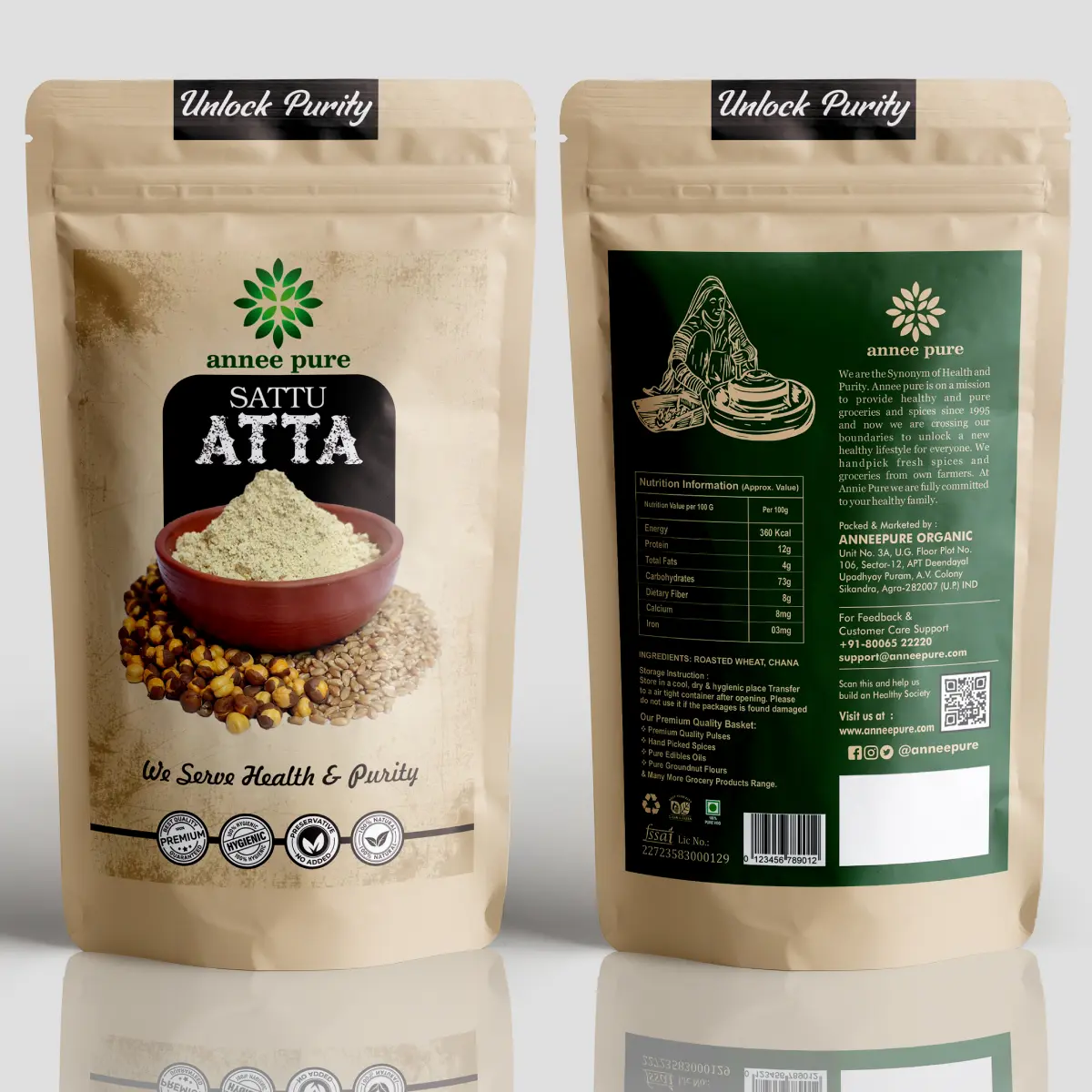

Ritik Rathor –
good product
Ayush –
I am raguraly use jau aata